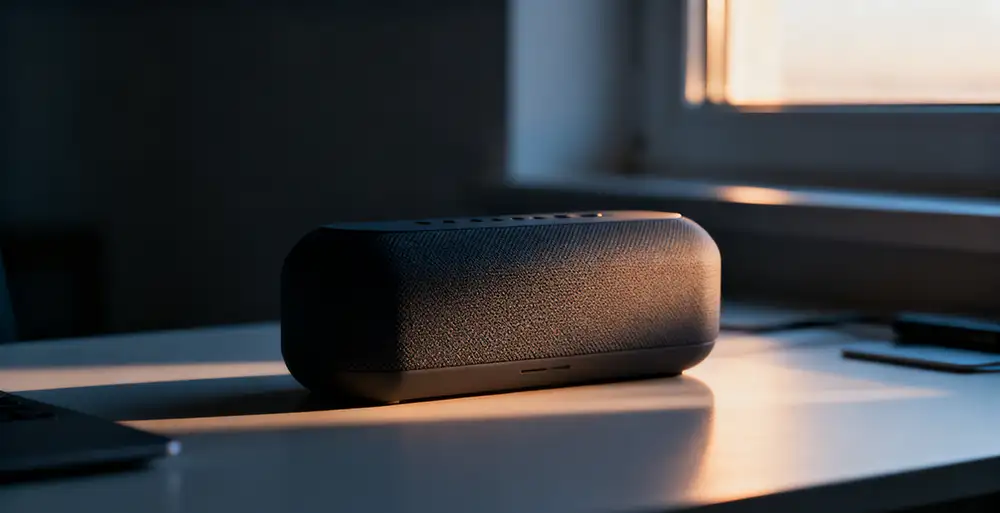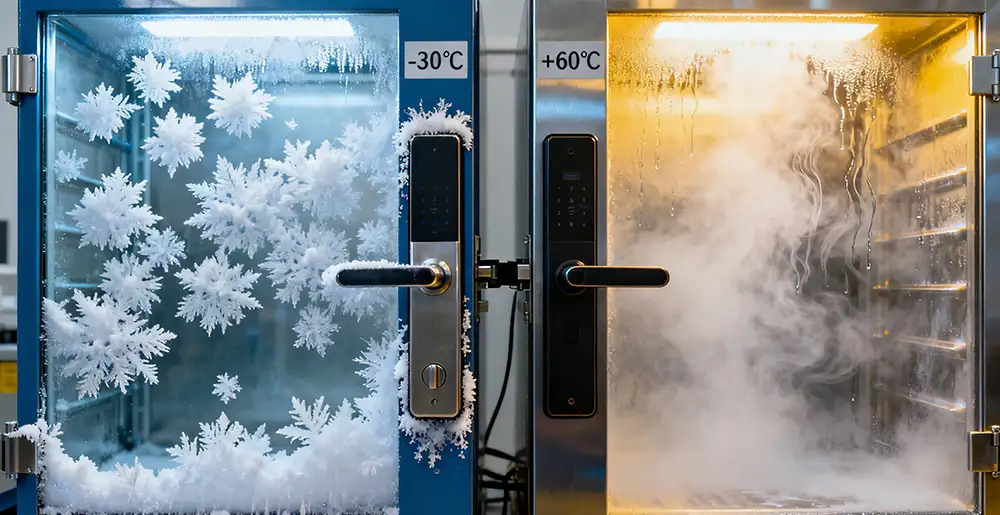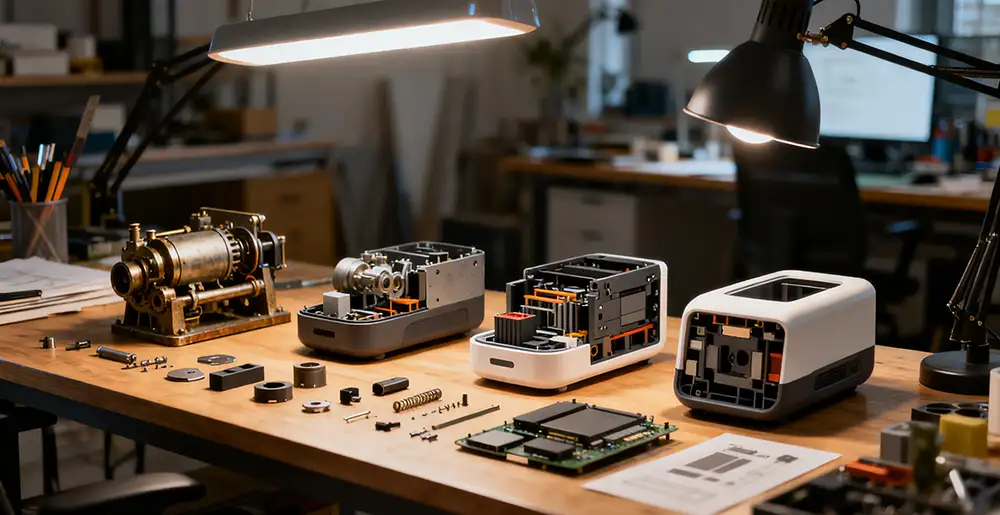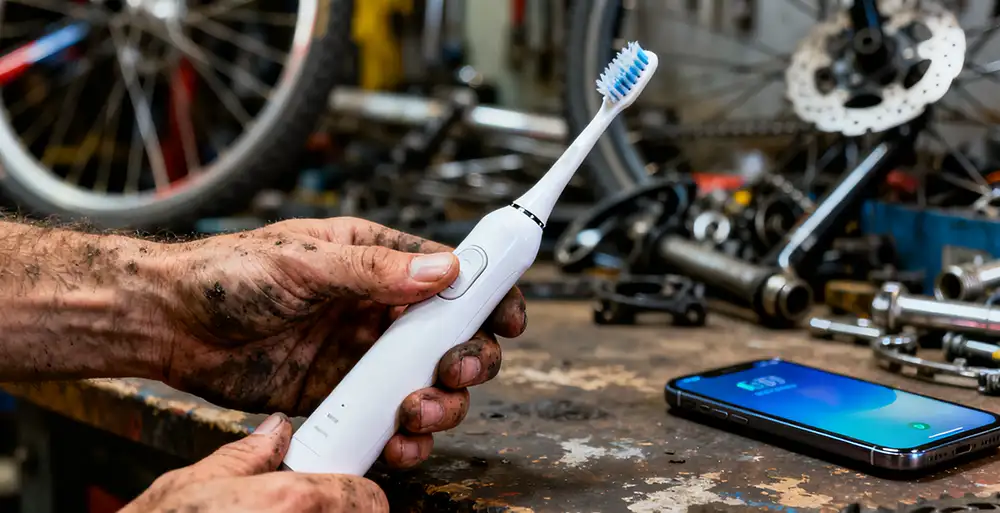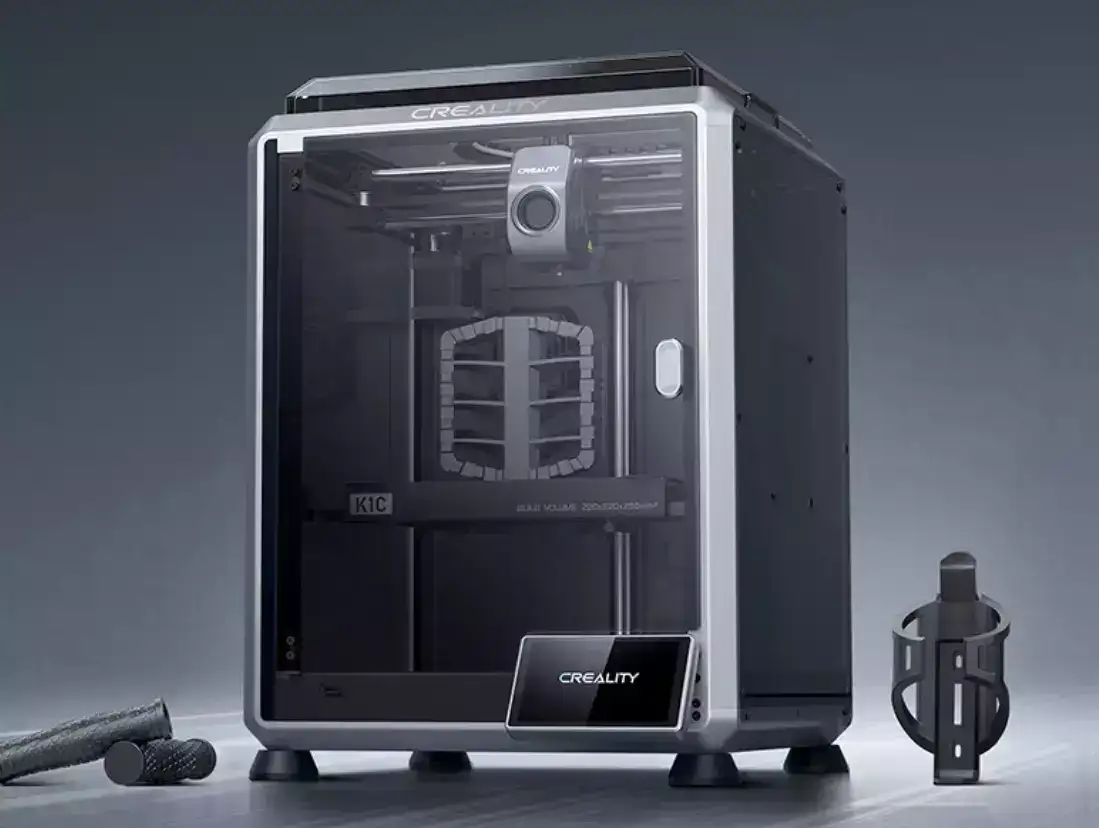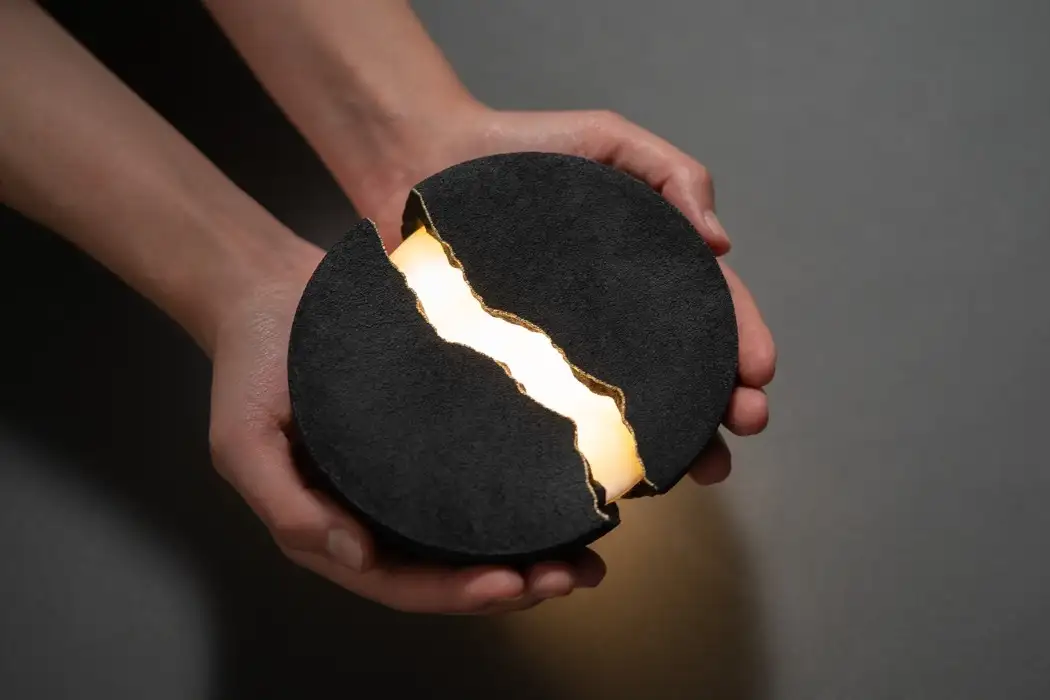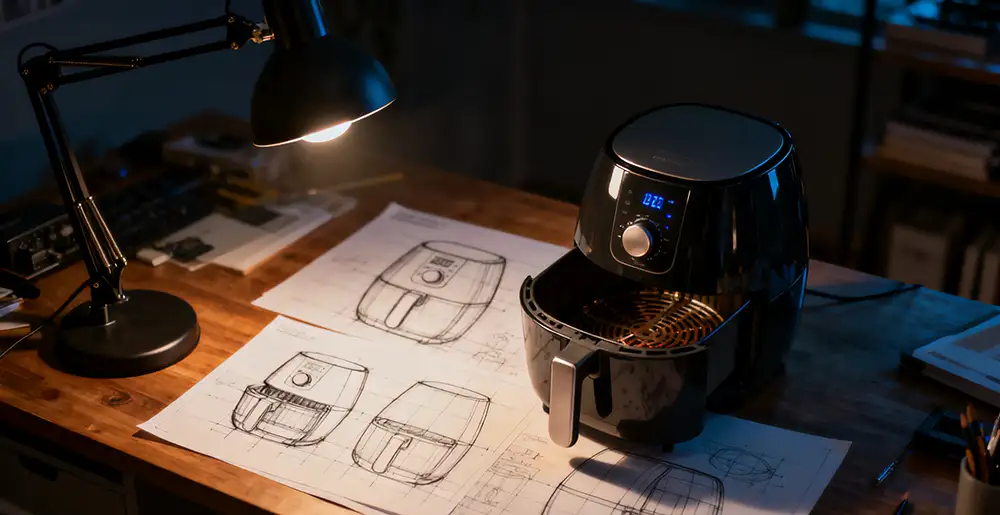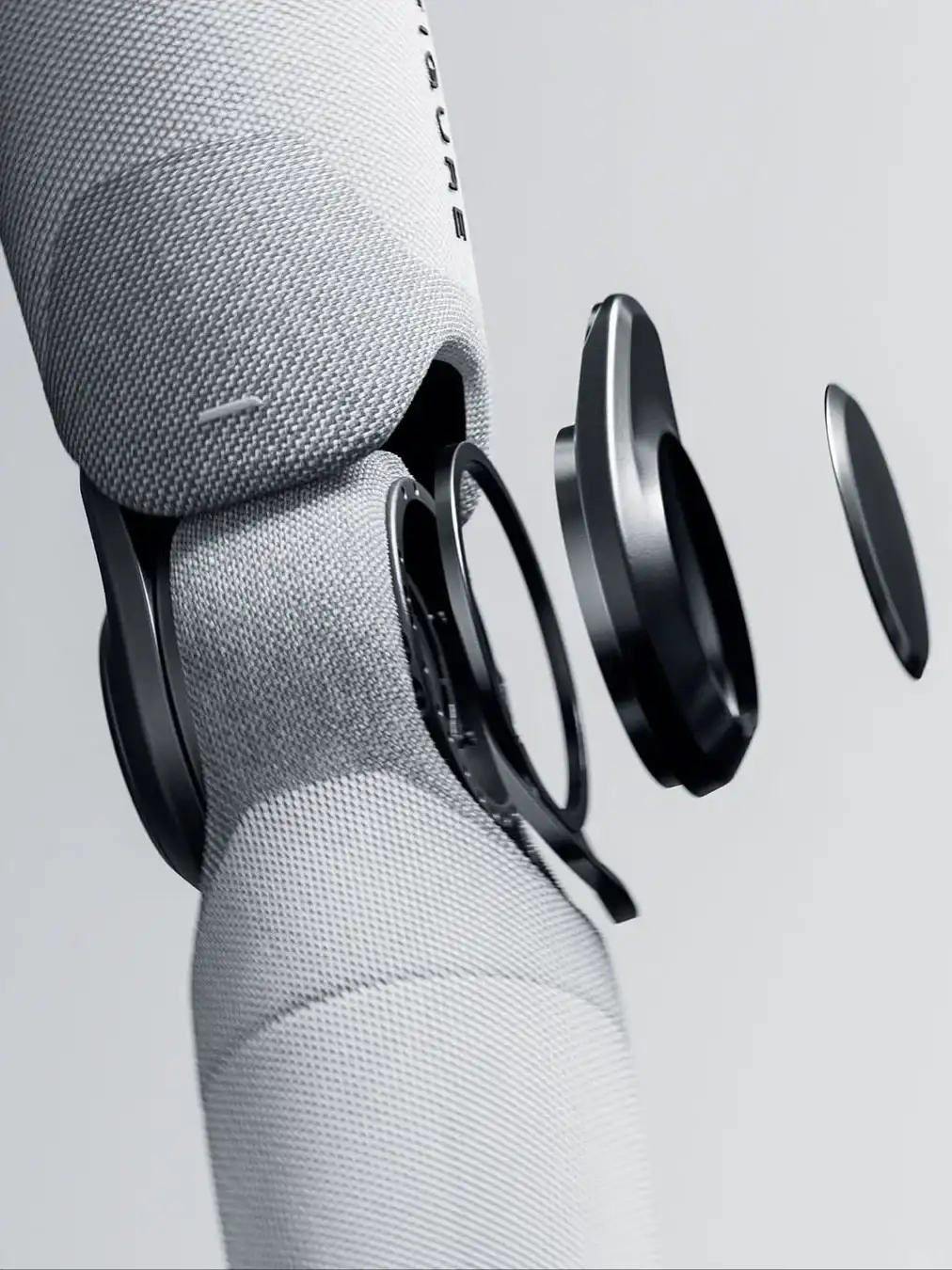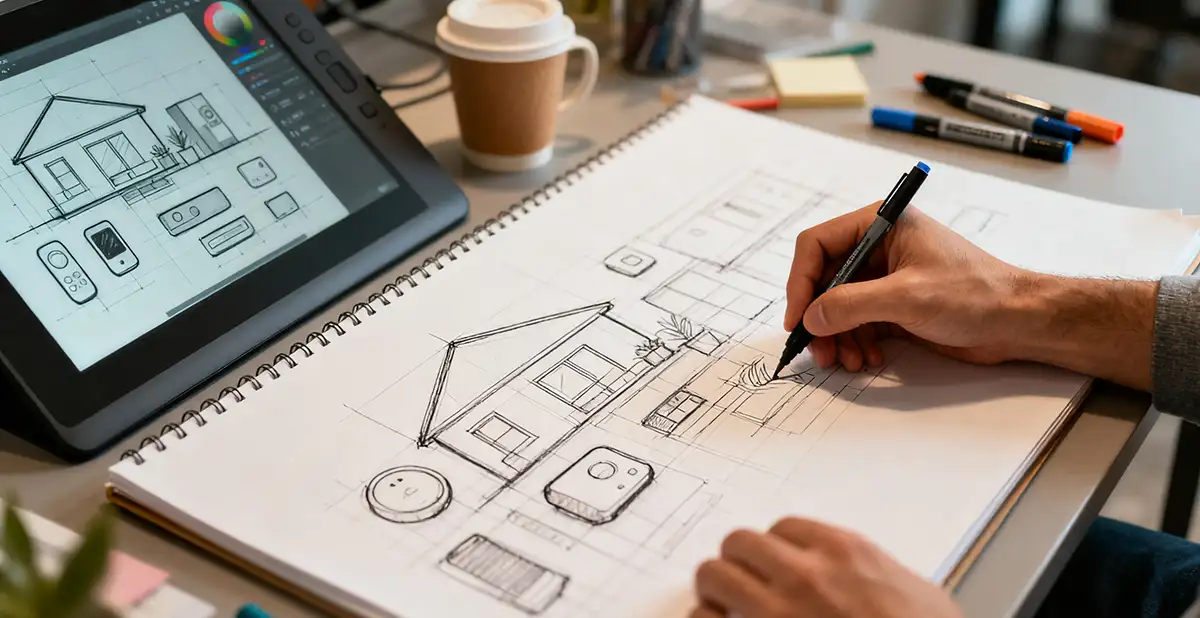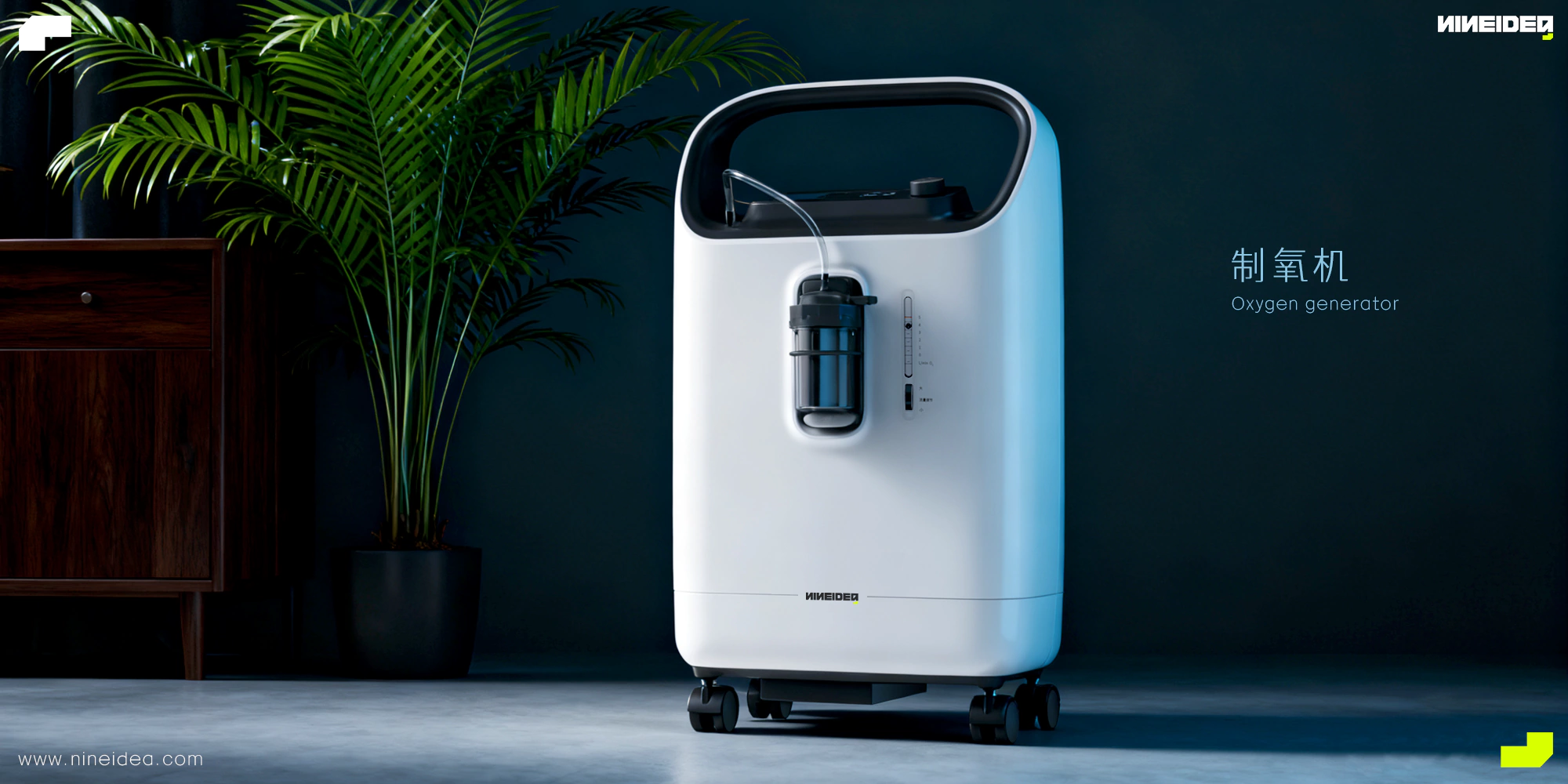NINEIDEA:在当今社会,儿童早教越来越受到家长和社会的重视。随着科技的飞速发展、环保意识的不断增强以及教育理念的持续更新,儿童早教产品设计也在不断地迭代与创新。2025 年,儿童早教产品领域正发生着诸多变革,从技术应用到设计理念都有新的趋势显现。这些趋势不仅反映了当下的市场需求,也顺应了时代发展的潮流。下面我将为你详细剖析 2025 年儿童早教产品的设计趋势。
一、AI 技术深度融合,增强互动与个性化体验
AI 技术在 2025 年的儿童早教产品中扮演着愈发关键的角色。众多产品借助 AI 实现了深度互动与个性化学习体验的打造。例如,一些智能早教机器人能够精准识别儿童的语音指令,不仅能流畅地陪孩子聊天,还能依据孩子的提问给出丰富且适宜的解答,从讲故事、朗诵古诗到进行百科知识问答,功能十分全面。像 FoloToy 改造的 AI 仙人掌,原本只是能重复话语并扭动身躯的普通玩具,搭载最新 AI 芯片后,实现了中英双语对话、古诗朗诵等功能,出货量一度突破 2 万台 。还有酷似灯泡的挂件 BubblePal,能感知孩子实时情绪,提供个性化陪伴服务,在拼多多单店销量超 5.7 万件 。
这些产品通过对孩子学习行为、兴趣偏好等多维度数据的收集与分析,为每个孩子定制专属的学习路径与内容。比如,当系统发现孩子对科学知识表现出浓厚兴趣时,会推送更多相关的趣味科普故事、实验视频等学习资料,助力孩子在感兴趣的领域深入探索,提升学习效果与积极性。
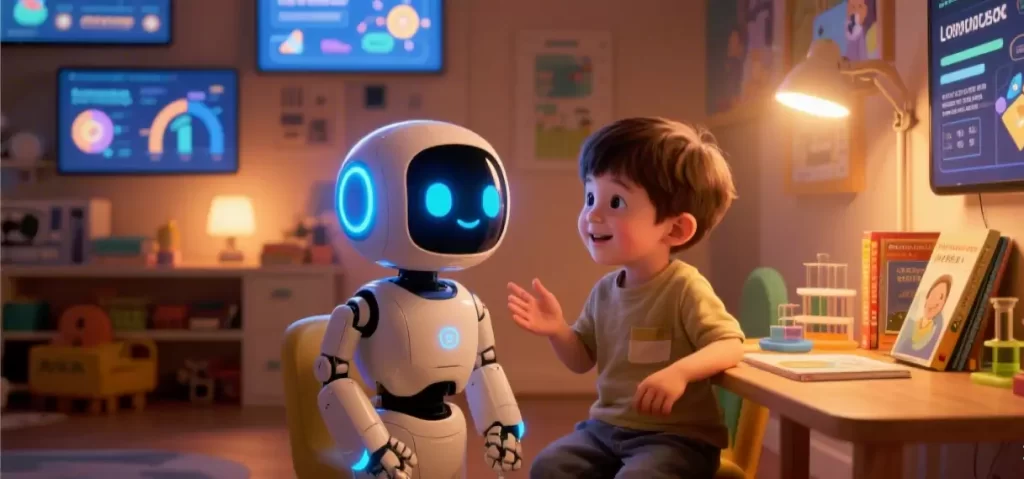
二、注重无屏幕交互,保护儿童视力与促进多元感知发展
鉴于儿童视力保护的重要性以及对多元感知能力培养的重视,无屏幕交互设计成为 2025 年的一大趋势。许多早教产品摒弃或减少了屏幕的使用,转而采用更丰富的触觉、听觉、嗅觉等多感官交互方式。例如,部分早教玩具通过特殊的材质设计,让孩子触摸时能感受到不同的纹理,如光滑、粗糙、柔软、坚硬等,以此刺激触觉感知。还有一些产品利用声音感应技术,孩子拍手、跺脚或发出特定声音,玩具便能做出相应反应,如播放欢快音乐、模拟动物叫声等,锻炼孩子的听觉感知与反应能力 。
像一些品牌推出的互动式毛绒玩具,内置多种传感器,孩子拥抱、摇晃玩具时,玩具会通过震动、发声等方式给予回应,这种无屏幕的交互设计既避免了孩子对屏幕的过度依赖,又能让孩子在与玩具的互动中,充分调动多种感官,促进感知能力全面发展 。
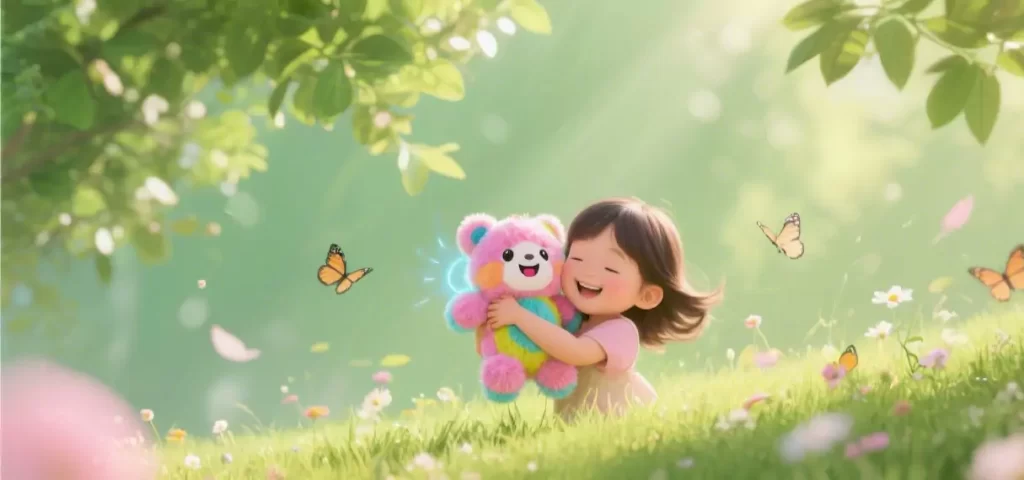
三、融入环保理念,采用可持续材料
随着环保意识的不断提升,2025 年儿童早教产品在设计上更加注重环保与可持续性。越来越多的产品开始选用环保材料,如可降解塑料、再生纸张、天然织物等。例如,某些积木类早教玩具采用玉米淀粉基塑料制作,这类材料在自然环境中能够降解,大大降低了对环境的负担。还有一些纸质早教图书,使用的是再生纸张,并且在印刷过程中采用环保油墨,确保孩子在使用过程中的安全,同时减少对资源的消耗 。
一些品牌还在产品包装上进行创新,采用简约、可回收的包装设计,减少包装废弃物的产生。这种环保理念的融入,不仅有助于保护环境,也能在潜移默化中培养孩子的环保意识 。
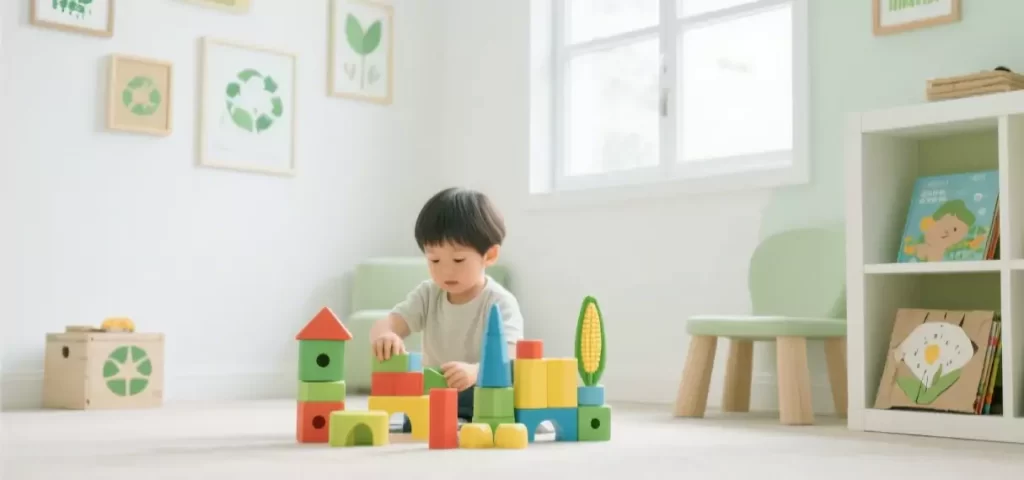
四、强化教育功能与趣味性结合,实现 “玩中学”
早教产品的教育功能始终是核心,但在 2025 年,产品设计更强调将教育功能与趣味性紧密结合,让孩子在玩乐中自然地学习知识与技能。例如,一些数字字母款的大号雪花片积木,在基础的形状认知和空间搭建功能上,增加了字符凸起,孩子在拼接积木的过程中,既能锻炼手部精细动作,又能认识数字和字母 。还有一些以热门动画 IP 为主题的早教产品,如《Go! Cory Carson》动画 IP 与汽车认知闪卡相结合的产品,通过 3D 车标、可拆卸贴布等设计,让孩子在玩的过程中学习汽车相关知识,满足男童对机械的偏好,同时实现教育功能 。
一些早教产品还设置了丰富的游戏关卡与挑战任务,孩子在完成任务的过程中,需要运用逻辑思维、解决问题的能力等,在充满趣味的游戏氛围中,不知不觉地提升各项能力,真正实现寓教于乐的 “玩中学” 模式 。
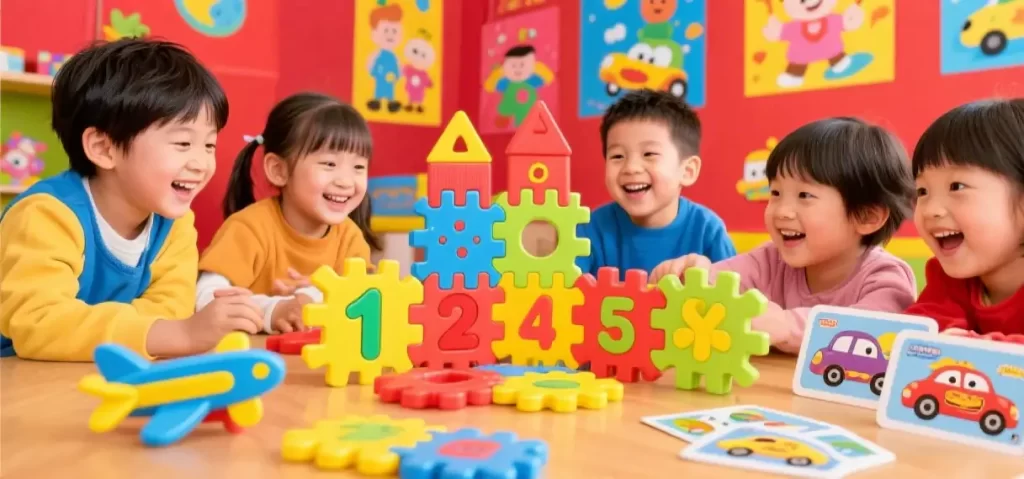
五、跨界融合,拓展产品内涵与价值
2025 年,儿童早教产品呈现出明显的跨界融合趋势。与艺术、文化、科技等领域的融合,为产品赋予了更丰富的内涵与价值。例如,Hape 集团与纽约大都会艺术博物馆合作,将博物馆的艺术瑰宝融入早教玩具设计中,推出一系列益智拼图、感官教具及互动游戏套装等产品。孩子在玩耍过程中,能够接触到人类 5000 年发展进程中的艺术元素,培养艺术审美与创造力 。
还有一些产品将科技与传统文化相结合,比如利用 AR 技术展示传统节日的场景、神话故事等,让孩子在现代科技的助力下,更好地了解和感受传统文化的魅力。这种跨界融合的设计思路,拓宽了早教产品的边界,为孩子带来了更广阔的学习与探索空间 。
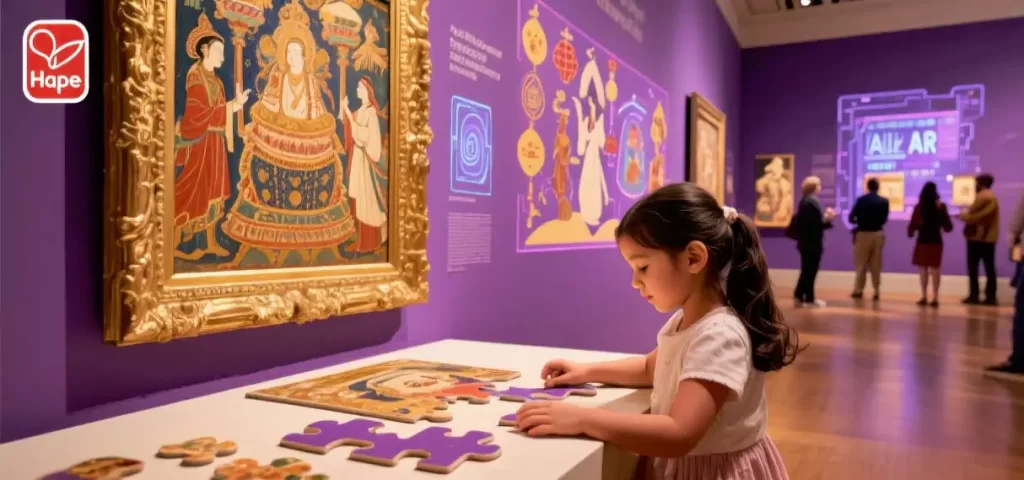
Analysis of the Design Trends of Early Childhood Education Products in 2025
NINEIDEA: In today’s society, parents and society are paying more and more attention to children’s early education. With the rapid development of technology, the increasing awareness of environmental protection, and the continuous updating of educational concepts, the design of early childhood education products is also constantly iterating and innovating. In 2025, there are many changes happening in the field of early childhood education products, with new trends emerging from technology applications to design concepts. These trends not only reflect the current market demand, but also conform to the trend of the times. Below, I will provide you with a detailed analysis of the design trends of early childhood education products in 2025.
1、 Deep integration of AI technology enhances interaction and personalized experience
AI technology plays an increasingly crucial role in early childhood education products by 2025. Numerous products have achieved deep interaction and personalized learning experiences through the use of AI. For example, some intelligent early education robots can accurately recognize children’s voice commands, not only can they chat smoothly with children, but also provide rich and suitable answers based on their questions, from telling stories, reciting ancient poems to conducting encyclopedia knowledge Q&A, with comprehensive functions.
AI cacti modified by FoloToy, which were originally just ordinary toys that could repeat words and twist their bodies, have been equipped with the latest AI chips to achieve functions such as bilingual dialogue between Chinese and English, recitation of ancient poems, etc. The shipment volume once exceeded 20000 units. There is also a pendant called BubblePal that resembles a light bulb, which can sense children’s real-time emotions and provide personalized companionship services. It has sold over 57000 units in a single store on Pinduoduo.
These products collect and analyze multidimensional data on children’s learning behavior, interests and preferences, and customize exclusive learning paths and content for each child. For example, when the system detects that children show a strong interest in scientific knowledge, it will push more relevant and interesting science popularization stories, experimental videos, and other learning materials to help children explore their areas of interest, enhance learning effectiveness and enthusiasm.
2、 Pay attention to screenless interaction, protect children’s vision and promote diverse perceptual development
Given the importance of protecting children’s vision and the emphasis on cultivating diverse perceptual abilities, screenless interactive design has become a major trend in 2025. Many early education products have abandoned or reduced the use of screens and instead adopted richer sensory interaction methods such as touch, hearing, and smell. For example, some early education toys are designed with special materials that allow children to feel different textures when touched, such as smooth, rough, soft, hard, etc., in order to stimulate tactile perception.
Some products also use sound sensing technology, where children clap, stomp their feet, or make specific sounds, and toys can respond accordingly, such as playing cheerful music, simulating animal sounds, etc., to exercise children’s auditory perception and reaction abilities. Interactive plush toys launched by some brands have multiple built-in sensors. When children hug or shake the toys, the toys will respond through vibration, sound, and other means. This screenless interactive design not only avoids children’s excessive dependence on screens, but also allows them to fully mobilize multiple senses and promote the comprehensive development of perceptual abilities in their interaction with toys.
3、 Integrating environmental protection concepts and using sustainable materials
With the continuous improvement of environmental awareness, children’s early education products in 2025 will pay more attention to environmental protection and sustainability in their design. More and more products are using environmentally friendly materials, such as biodegradable plastics, recycled paper, natural fabrics, etc. For example, some building block early education toys are made of corn starch based plastic, which can degrade in the natural environment and greatly reduce the burden on the environment. There are also some paper-based early education books that use recycled paper and environmentally friendly ink during the printing process to ensure the safety of children while reducing resource consumption.
Some brands are also innovating in product packaging, adopting simple and recyclable packaging designs to reduce the generation of packaging waste. The integration of this environmental protection concept not only helps to protect the environment, but also cultivates children’s environmental awareness unconsciously.
4、 Strengthening the combination of educational function and fun, achieving “learning by playing”
The educational function of early education products has always been the core, but in 2025, product design will emphasize the close integration of educational function and fun, allowing children to naturally learn knowledge and skills while playing. For example, some large snowflake shaped building blocks with numerical and alphabetical styles have added character protrusions to their basic shape recognition and spatial construction functions. Children can exercise their fine hand movements and recognize numbers and letters while assembling the building blocks.
There are also some early education products with popular animation IPs as the theme, such as the “Go! Cory Carson” animation IP combined with car recognition flashcards. Through the design of 3D car logos, detachable stickers, etc., children can learn about cars while playing, meeting boys’ preferences for machinery and achieving educational functions.
Some early education products also have rich game levels and challenge tasks. In the process of completing tasks, children need to use logical thinking, problem-solving skills, etc. In a fun game atmosphere, they unconsciously improve various abilities and truly achieve the “learning by playing” mode of integrating education with entertainment.
5、 Cross border integration, expanding product connotation and value
In 2025, early childhood education products will show a clear trend of cross-border integration. The integration with art, culture, technology and other fields endows products with richer connotations and values. For example, Hape Group has partnered with the Metropolitan Museum of Art in New York to incorporate the museum’s artistic treasures into early childhood toy design, launching a series of puzzle puzzles, sensory aids, and interactive game sets. During the process of playing, children can come into contact with artistic elements from the 5000 year development process of humanity, cultivating artistic aesthetics and creativity.
Some products combine technology with traditional culture, such as using AR technology to display scenes of traditional festivals, mythological stories, etc., allowing children to better understand and experience the charm of traditional culture with the help of modern technology. This cross-border integration design concept broadens the boundaries of early education products and provides children with a broader space for learning and exploration.













